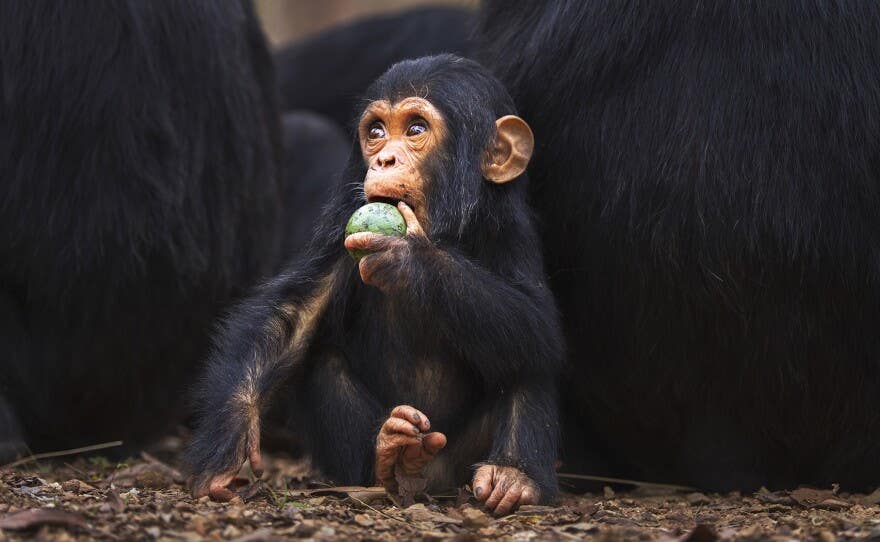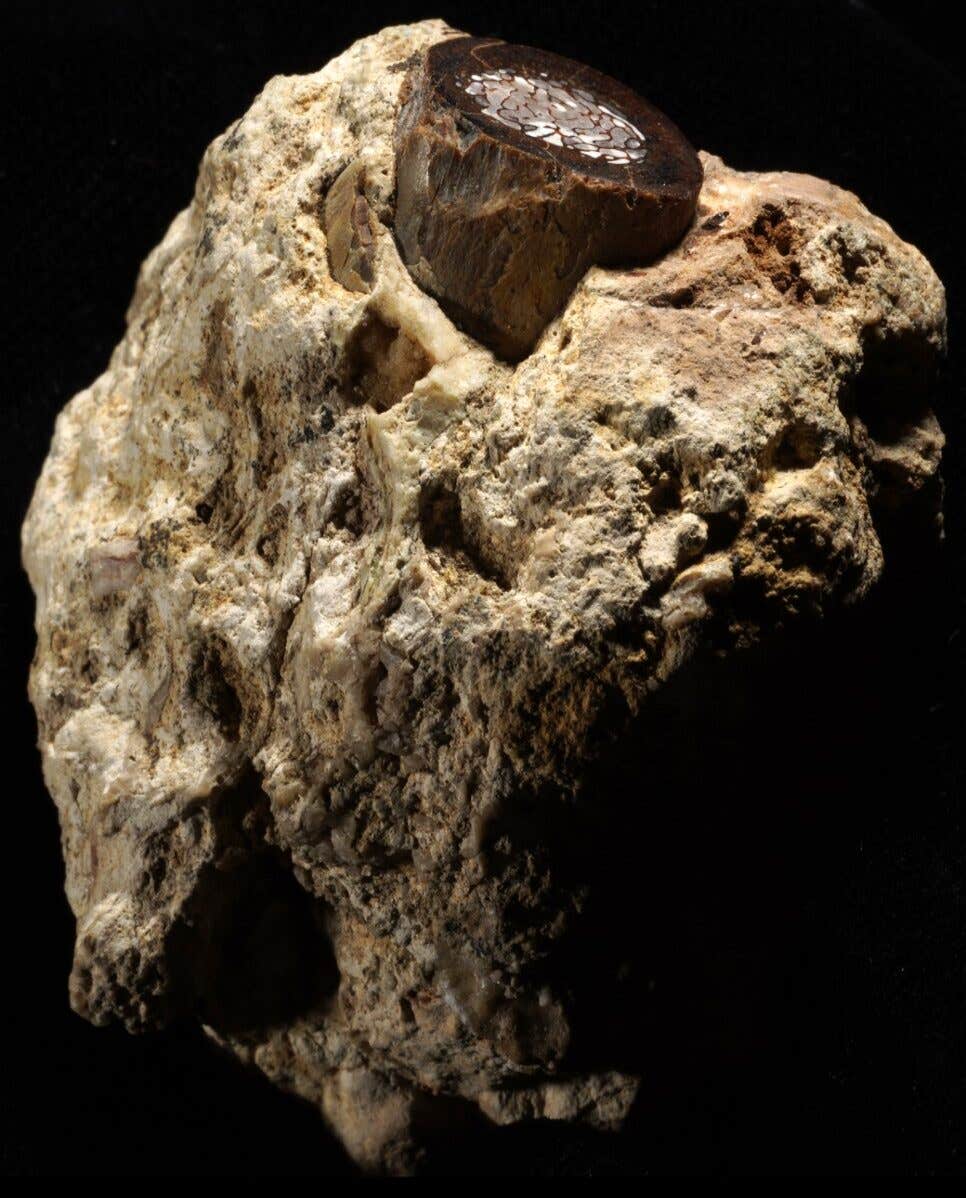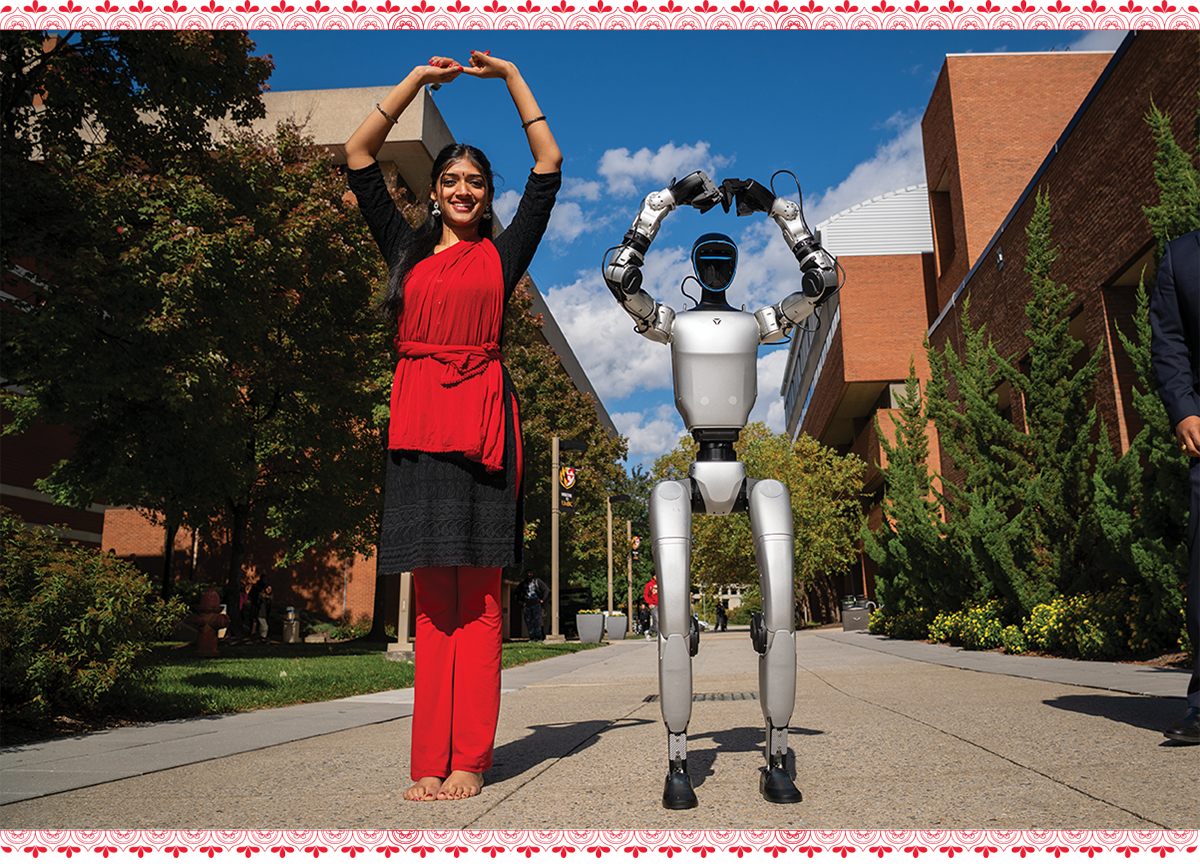Why apes eating fruit is key to human love for alcohol consumption
How apes eating fermented fruit millions of years ago shaped human evolution and our modern love for alcohol.

Apes eating fermented fruit millions of years ago may explain why humans evolved a unique ability to handle alcohol. (CREDIT: CC BY-SA 4.0)
If you've ever wondered why humans can safely enjoy a glass of wine or a cold beer, the answer may lie deep in our ape ancestry. A groundbreaking study published today in the journal BioScience introduces a surprising theory. It proposes that our enjoyment of alcohol didn't begin with brewing or fermenting grapes. Instead, it began millions of years ago with apes snacking on fruit that fell to the ground, a habit researchers now refer to as "scrumping."
Scrumping: A Word Worth Knowing
Scrumping isn't a new behavior, but until recently, scientists didn't have a name for it. Nathaniel Dominy, an anthropology professor at Dartmouth College and one of the study's lead researchers, explains the importance of naming this behavior.
"Without a word to talk about something, a behavior is easily overlooked," Dominy says. "We’re hoping 'scrumping' fills this important gap."
The term "scrumping" originally comes from an old German word meaning "shriveled," describing overripe or fermented fruit. Today, it's used in England for picking up fallen apples to make a strong cider called scrumpy. Just like people enjoy sipping scrumpy with friends, apes also seem to prefer scrumping socially.
Why Apes Eat Fallen Fruit
To figure out how often apes scrump, researchers analyzed feeding records from chimpanzees, gorillas, and orangutans. They compared the height of fruits with the ape's eating location. If apes ate fruit from the ground, but the fruit normally grew high up in trees, scientists counted that as scrumping.
The team found that African apes, including chimpanzees and gorillas, frequently ate fermented fruits from the forest floor. Orangutans, on the other hand, didn't show this behavior. This aligns with genetic evidence from a 2015 study. It found that African apes evolved a unique mutation allowing them to process alcohol about 40 times better than orangutans and other primates.
Related Stories
- Why gorilla friendships can be a blessing — or a curse
- Researchers use AI to decode and understand orangutan communication
- Surprising link between chimpanzee tool use and human evolution
A Taste That Changed Human Evolution
This genetic mutation might seem small, but Dominy believes it was a huge step in human evolution. Eating fermented fruits on the ground had clear benefits. Apes avoided dangerous climbs and didn't have to compete with monkeys for fresher fruit in trees. More importantly, this diet regularly exposed them to low levels of alcohol.
Dominy notes that chimpanzees eat around 10 pounds of fruit daily, meaning they consume alcohol often.
"This chronic, low-level exposure could be a significant factor in chimpanzee life and human evolution," he explains. "We evolved to handle alcohol long before we started making it ourselves."
This shift in diet and behavior might even have triggered the development of agriculture. Dominy argues that our ancient ability to process alcohol may have encouraged early humans to domesticate grains, leading to beer and eventually the farming revolution that changed civilization forever.
Social Drinking in the Ape World
Drinking alcohol isn't just about metabolism. There's a social side, too. Catherine Hobaiter, a psychology professor at the University of St Andrews, points out that apes often scrump together. This social eating might explain why humans typically share alcoholic drinks during social gatherings.
"A fundamental feature of our relationship with alcohol is our tendency to drink together," Hobaiter says. "The next step is to see if shared feeding on fermented fruit strengthens social bonds in apes, as it does in humans."
Just as people enjoy sharing a pint in a pub, early apes might have strengthened social ties through group scrumping. Understanding this social aspect can shed more light on our own drinking customs.
From Forest Floors to Pub Doors
Naming scrumping opens new avenues for research. Scientists can now better track the diets and alcohol consumption of apes in the wild. Dominy’s team plans to measure how much alcohol wild fruit contains, comparing fruit on the ground with fruit still on trees. This research could clarify how much alcohol apes really consume.
Dominy compares scrumping to other important scientific terms, like "symbiosis" or "meme," which became popular because they described concepts no previous words could.
"If scientists see its value, 'scrumping' will catch on," he says. "That’s natural selection at work!"
So next time you're enjoying a cider or beer with friends, remember: you're carrying on a tradition your ape ancestors may have started 10 million years ago, one fermented fruit at a time.
Note: The article above provided above by The Brighter Side of News.
Like these kind of feel good stories? Get The Brighter Side of News' newsletter.



